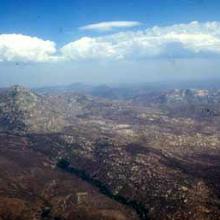
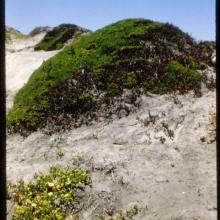
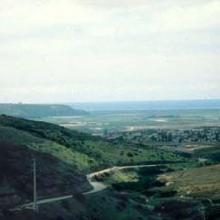
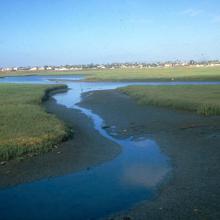
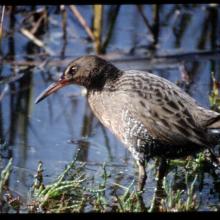

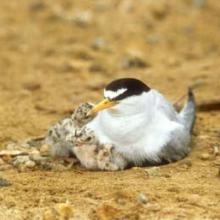
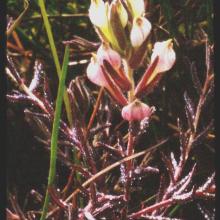


Tijuana River National Estuarine Research Reserve
- País:Estados Unidos de América
- Número del sitio:1452
- Superficie:1,021 ha
- Fecha de designación:02-02-2005
- Coordenadas:32°33'N 117°07'W
Los materiales presentados en este sitio web, particularmente los mapas y la información territorial, se proporcionan tal cual y según están disponibles a partir de los datos de los que se dispone y no implican la expresión de opinión alguna por parte de la Secretaría de la Convención de Ramsar respecto de la condición jurídica de ningún país, territorio, ciudad o zona, ni de sus autoridades, ni respecto de la delimitación de sus límites o fronteras.
Resumen
Tijuana River National Estuarine Research Reserve (TRNERR). 02/02/05; California; 1,021 ha; 32°33'N 117°07'W. National Wildlife Refuge. On the border with Mexico facing the city of Tijuana, the site is one of the few unfragmented estuaries and coastal lagoons in Southern California. It is a seasonally marine-dominated estuary experiencing freshwater input only during the wet winter period, though its mouth remains open throughout the year. It has several sensitive habitats such as sand dunes and beaches, vernal pools, tidal channels, mudflats and coastal sage scrub. The site is critical habitat for nationally endangered species and subspecies such as the San Diego Fairy Shrimp Branchinecta sandiegonensis, the Light-footed Clapper Rail Rallus longirostris levipes and the Salt Marsh Bird's Beak Cordylanthus maritimus maritimus; as well as nursery grounds for commercially important fish like the Diamond turbot (Hypsopsetta guttulata) and the California halibut (Paralichthys californicus). Dirt roads and border patrol off-road vehicles are a primary cause of concern because of the impacts of lighting, noise and sedimentation, already serious due to strong erosion and runoff from the shared basin with Mexico. The site is unfortunately isolated from surrounding habitat by urban areas and there are problems with introduced species. A multi-phased restoration program designed to restore tidal exchange and wetland habitats is in place, as well as a management plan. The site is administered jointly by California State Department of Parks and Recreation (DPR) and the United States Fish and Wildlife Service (USFWS). Ramsar site no. 1452. Most recent RIS information: 2005.
Región administrativa:
California
- Designación jurídica nacional:
- National Wildlife Refuge
- Fecha de última publicación:02-02-2005
